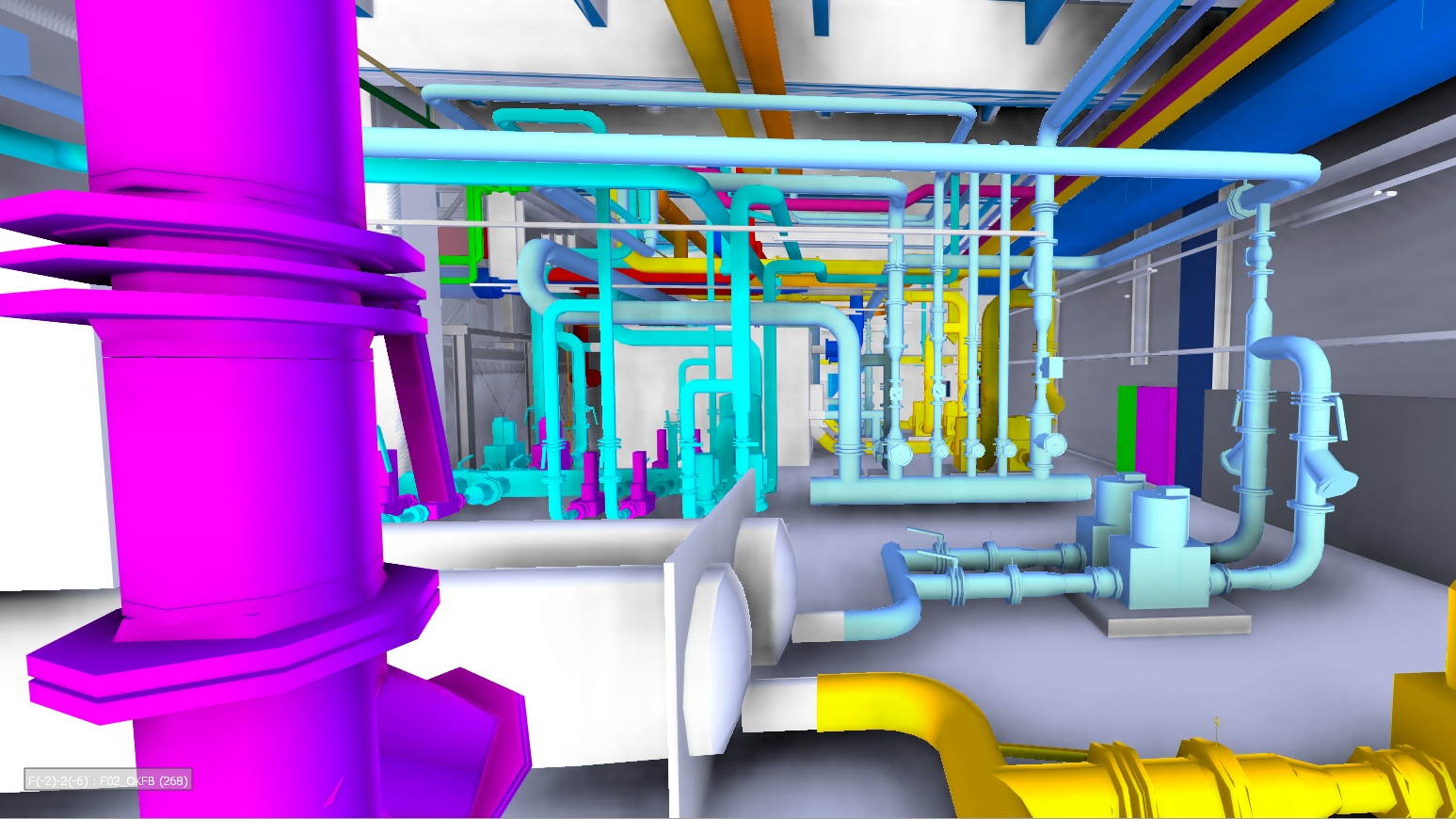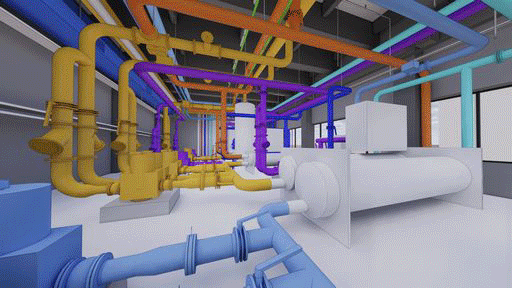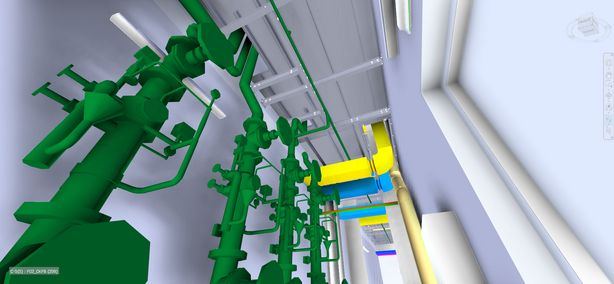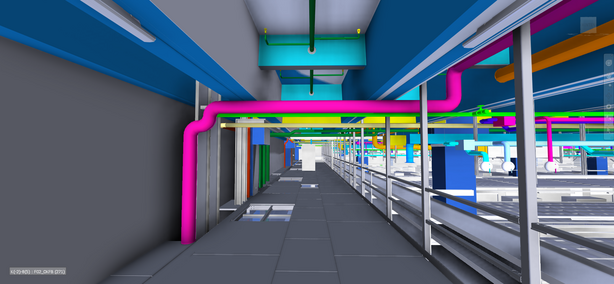- News
- popular BIM application
BIM use case: Clash detection
Clash detection, sometimes known as model checking, is one of the most popular BIM applications in the entire BIM landscape.
The goal of this type of interdisciplinary model coordination is to uncover geometric inconsistencies between the different trades and to resolve any design or planning discrepancies before they are implemented incorrectly on the construction site. The strong focus of the BIM use case as a quality-assurance method combined with its clearly defined project benefits make it highly attractive for developers, which is why it is frequently commissioned. Our expert team of BIM management experts at pde Integrale Planung oversee a multitude of demanding projects in industrial construction, projects that focus on the overall coordination.


Quality assurance: Model checking and control for clashes
Words like “checking” and “control” resonate with developers and project managers. These terms provide reassurance and serve as confirmation of the successful execution of a project. Progress made on the project is plain to see given that it is confirmed by figures and reports.
These words do, however, have a very different impact when used in the presence of professional planners. There is no professional who is confident in their own expertise that they find it necessary or desirable for their work to be called into question by third parties as a result of constant checking.
It is exactly this discrepancy in the way clash detection is perceived, as seen in the BIM use case, that makes implementing it on projects something of a challenge. Engaging in clash detection is, however, neither one thing nor the other.
The constant monitoring of the BIM sub-models does not have the sole aim of documenting the number of clashes and assigning them to professional planners to be rectified. Instead it aims to provide a better overview of the project status and, in parallel, to zoom in on areas that are being planned or designed by several trades and to point out any potentially problematic areas. Clash detection is not a tool for finding fault with the planners’ performance, instead it provides assistance in determining any weak spots and/or ensuring that these are already known and are being addressed.
The clash checks are carried out using a coordination model. The coordination model is updated at predefined intervals and so represents a current, albeit decoupled, state of the planning. It is important to limit the check to model areas that are currently being actively planned. Otherwise, there is a risk that the clashes will be classified as critical, but also as non-relevant by the professional planners. And if this is the case, then they often fail to be processed. When this model area is then processed at a later point in time, the information on clashes is already outdated. That’s why a top priority is having the professional planners report on the status of the planning and critical areas as part of the regular BIM meetings and carrying out clash checks on the basis of the information in order to offer the most efficient quality assurance possible.

A great deal of emphasis continues to be placed on the pre-evaluation and filtering of clashes. These can be classified as critical (representing a salient problem) or non-critical (does not pose a relevant problem at present) and should, if possible, be summarised based on topic and model before being presented to the professional planners. In light of the limited time for processing that planners have at their disposal, only critical problems are to be sent for processing.
The way of visualising progress by looking at changes in values is very common in quality assurance, but it is not always unambiguous, especially when evaluating clashes. In order to show the proper coordination of the trades, a model walkthrough of the affected areas is more appropriate rather than submitting statistics on the critical points.
When is the use case successfully implemented?
The successful use of clash detection in a project as presented in the BIM use case is a controversial topic. Developers often aim to deliver a “clash-free” BIM design – but this is only possible in very rare situations. In most cases, every BIM model is handed over at the end of the realisation phase with a small number of “hard/critical” clashes. This ensures that no complex clashes involving multiple trades occur on the construction site, as rectifying these clashes means higher costs and an impact on the construction schedule. However, the occurrence of minor clashes is not excluded in the BIM planning – they are rectified during execution.

The reason why the realisation is mostly based on low-clash rather than clash-free BIM planning and avoids a concrete target value is due to the fact that it is highly dependent on the project schedule. This is very difficult to predict at the start of the project.
Factors that have a major impact on the clash-free BIM models include multiple planning changes on the part of the client, delays in the schedule, personnel changes and decisions yet to be made.
This means that the success of the BIM use case can only be evaluated in the context of the process of the project itself.